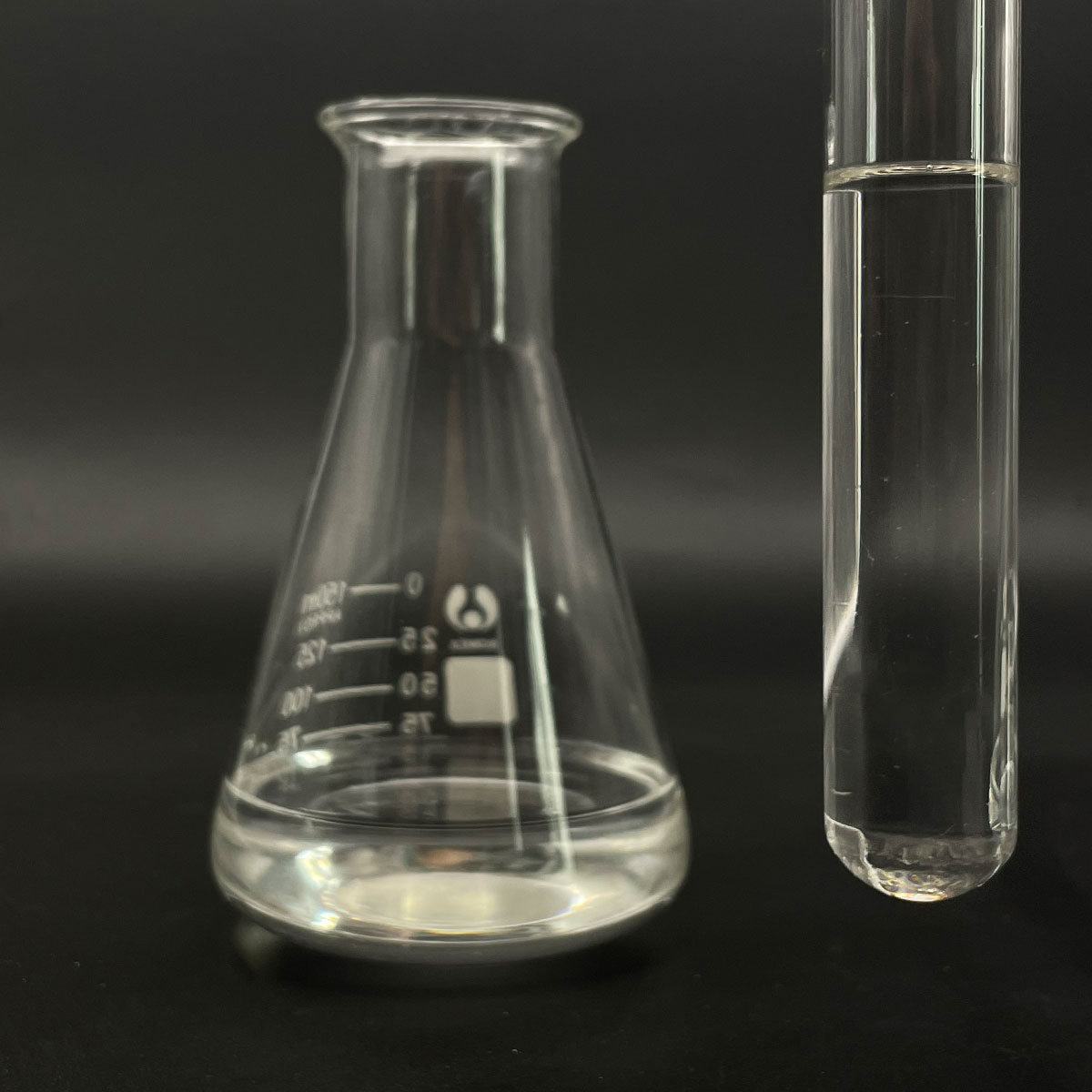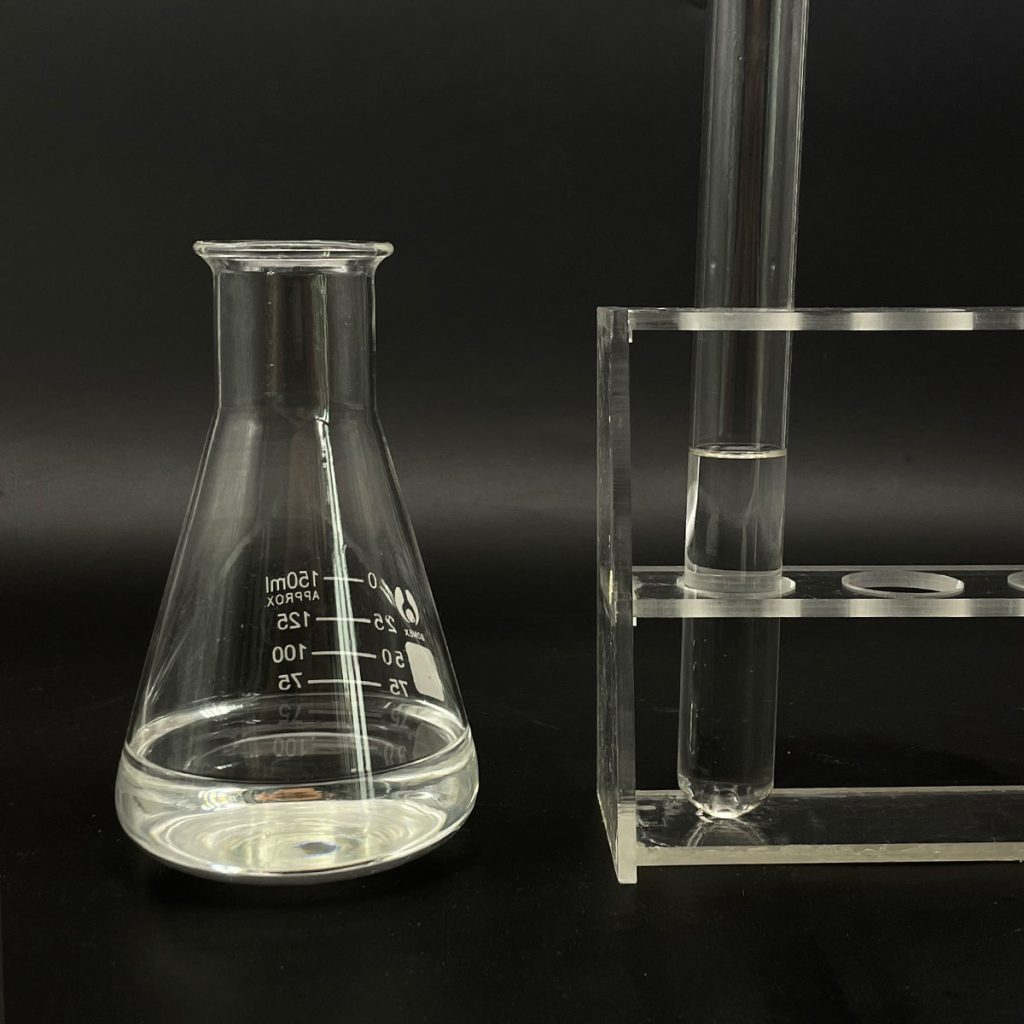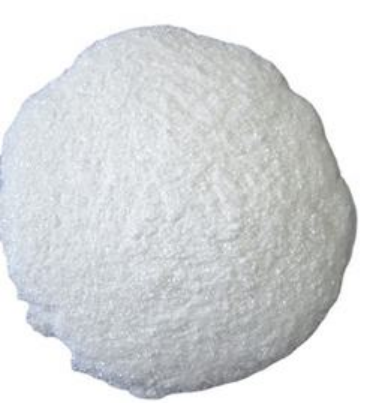1. Introduction
Just 24 hours ago, agricultural chemical supplier Rohit Surfactants Private Limited announced a new line of bio-based surfactant blends designed to replace traditional petroleum-derived additives in herbicide sprays. Among the key ingredients? Sodium lauryl sulfate—a workhorse anionic surfactant now finding renewed relevance in precision weed control. While most consumers know SLS from shampoos and toothpaste, its role in agriculture is far more specialized and technically demanding.

In modern farming and turf management, simply spraying herbicide isn’t enough. Without the right surfactant, active ingredients like glyphosate bead up and roll off waxy or hairy plant surfaces. That’s where sodium lauryl sulfate steps in—not as the star, but as a critical supporting actor that ensures every drop sticks, spreads, and penetrates.
2. Why Surfactants Matter in Herbicide Applications
The meaning of surfactant is simple: surface-active agent. These molecules reduce surface tension, allowing liquids to spread more evenly. In herbicide use, this translates to better leaf coverage and faster uptake of the active ingredient.
Weeds like crabgrass, dandelion, and lambsquarters have evolved protective cuticles that repel water. A surfactant for weed killer—especially one with strong wetting power like sodium lauryl sulfate—breaks through that barrier. It acts as a lawn wetting agent, ensuring the herbicide doesn’t just sit on the surface but actually enters the plant tissue.
- Sodium lauryl sulfate (also labeled as sls sodium lauryl sulfate, na lauryl sulfate, or natrium lauryl sulfate) is a classic anionic surfactant.
- It’s often used alongside non ionic surfactant types like polysorbate 80 or ethoxylated alcohol to balance performance and reduce phytotoxicity.
- Compared to methylated seed oil (a common oil-based adjuvant), SLS offers faster wetting but less rainfastness—making it ideal for dry, controlled conditions.

3. Sodium Lauryl Sulfate vs. Other Surfactant Options
Not all surfactants are created equal. Farmers and landscapers must choose based on weed type, weather, and tank-mix compatibility. Sodium lauryl sulfate is anionic, which means it carries a negative charge. This matters because many herbicides are also anionic—so compatibility is usually good. But mixing with cationic surfactants (like cetyl trimethyl ammonium bromide or cetyltrimethylammonium bromide) can cause precipitation or reduced efficacy.
Alternatives include:
- Alkyl polyglucoside and decyl glucoside: bio surfactants derived from sugar and coconut oil, gentler but slower-acting.
- Cocamidopropyl betaine (also called coco betaine, amidopropyl betaine, or cocamido): an amphoteric surfactant that works in both anionic and cationic systems.
- Sodium cocoyl isethionate and sodium lauroyl sarcosinate: milder anionic surfactants used in sensitive applications.
- Lignin sulfonate: a byproduct of paper manufacturing, used as a low-cost dispersant but with weaker wetting ability.

For tough, waxy weeds, sodium lauryl sulfate remains a top choice due to its aggressive spreading power—especially when combined with a nonionic surfactant like Span80 or Pluronic 127 (poloxamer 188).
4. Practical Use: Mixing and Application Tips
When using sodium lauryl sulfate for sale as a herbicide adjuvant, typical rates range from 0.25% to 1% by volume—roughly 1–4 teaspoons per gallon of water. Always check the herbicide label first; some formulations already include a surfactant.
Key considerations:
- Avoid using SLS with ammonium lauryl sulfate or ammonium dodecyl sulfate in the same tank unless compatibility is confirmed—both are anionic but may compete for surface activity.
- In hard water, SLS can form insoluble salts; consider using sodium lauryl ether sulfate (also called sodium lauryl ether sulphate, sls sodium laureth sulfate, or laureth sulphate) instead, as it’s more water-tolerant.
- For organic operations, look for sodium coco sulfate (sometimes labeled as coco sodium sulfate), a plant-derived cousin of SLS with similar performance.
5. The Future: Greener Formulations and Hybrid Systems
Recent R&D focuses on hybrid surfactant systems that blend the power of sodium lauryl sulfate with sustainable alternatives. For example, combining SLS with coco glucoside or sodium cocoyl glutamate reduces environmental impact while maintaining efficacy. Companies like Rohit Surfactants Private Limited are leading this shift, offering custom blends that include fluoro surfactant traces for ultra-low surface tension or bio surfactants for soil health.
Even sodium deoxycholate and sodium oleate—once limited to labs—are being tested as natural wetting agents. Meanwhile, older additives like sodium dodecylbenzene sulfonate are being phased out due to persistence concerns.
6. Conclusion
Sodium lauryl sulfate may be best known from personal care aisles, but its niche in agriculture is both vital and evolving. As a surfactant for herbicides, it delivers unmatched wetting performance for grass and broadleaf weed control. When paired wisely with nonionic surfactant partners or newer bio-based alternatives, SLS remains a cornerstone of effective, efficient weed management—proving that even familiar chemicals can find cutting-edge roles in unexpected fields.
Our Website founded on October 17, 2012, is a high-tech enterprise committed to the research and development, production, processing, sales and technical services of ceramic relative materials such as Sodium. Our products includes but not limited to Boron Carbide Ceramic Products, Boron Nitride Ceramic Products, Silicon Carbide Ceramic Products, Silicon Nitride Ceramic Products, Zirconium Dioxide Ceramic Products, etc. If you are interested, please feel free to contact us.


